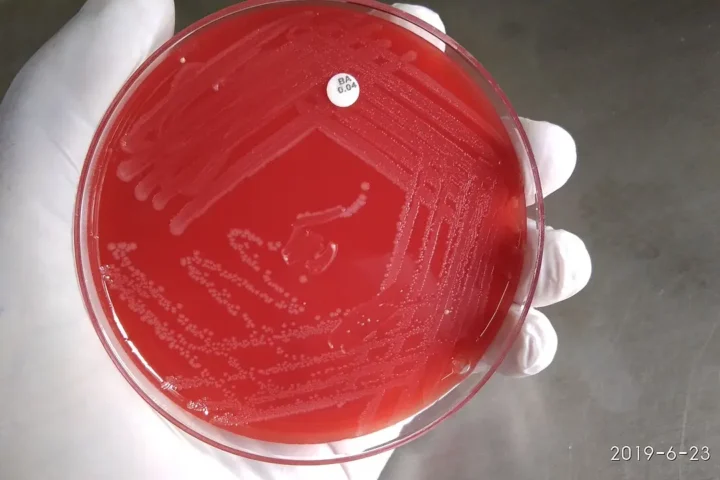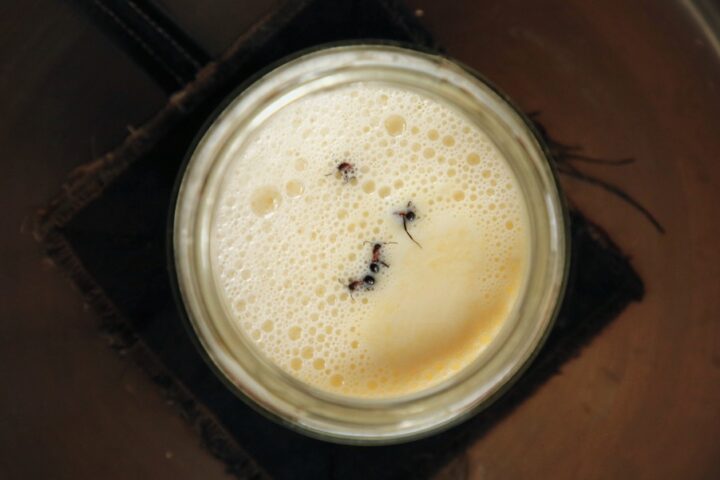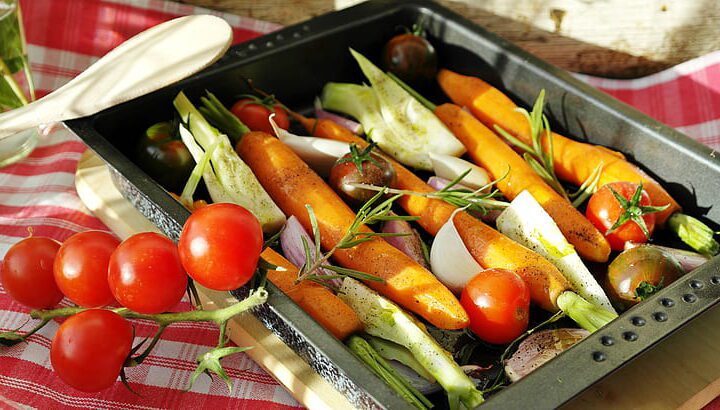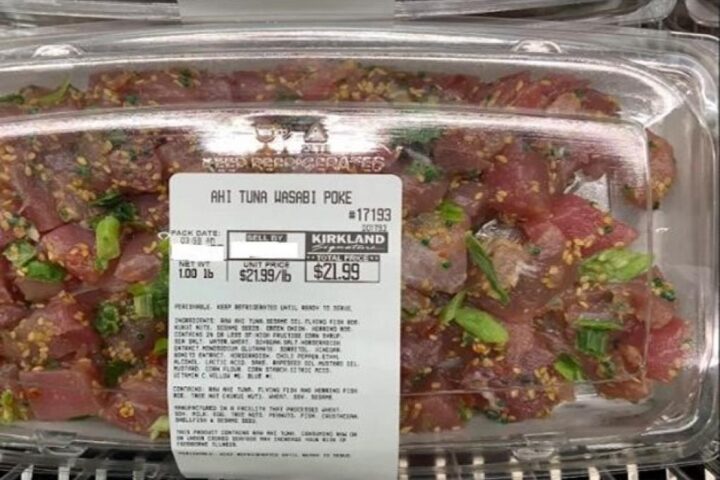When summer arrives, temptations and cravings for a royalty amongst fruits known as mangoes are evident. Mention ‘Alphonso Mango’ or ‘Hapus’, and it makes everyone’s mouth water, and for good reason. During the summer days, mangoes can be seen everywhere, especially in the tropics. In India, on the roadside, in the market, the aroma and the color of mangoes definitely attract attention. The taste of Hapus mangoes, particularly from Konkan, is exceptionally extraordinary. The Hapus mango is widely known as the king of fruits. The taste of this fruit is unique, tangy, yet sweeter than most other fruits, making it unparalleled in flavor and quality, which is why it is regarded as the king of fruits and has been given the status of a national fruit in India.
The flavor of Hapus mangoes has fascinated the entire world, making it incomparable to any other variety of mangoes. Alphonso or Hapus mango is mostly a product of the soil of Konkan in Maharashtra, India and is considered a marvel of nature. Specifically, if this fruit is grown outside of Konkan, it does not develop the same distinct taste, which is why Hapus mango is known as the king of Konkan. Mangoes from the five districts of Sindhudurg, Ratnagiri, Raigad, Thane, and Palghar in the Konkan region are considered as genuine Hapus (Alphonso) Mango. This has been made possible by the Geographical Indication (GI) granted by the Patent Department of the Government of India. In most households, the consumption of mangoes starts from Akshaya Tritiya.
How Did Hapus or Alphonso Mango Get Its Name?
In Sanskrit, the mango is called “Amra.” According to the Geographical Indication Journals, there was an officer in the Portuguese army named Alfonso de Albuquerque. He played a crucial role in establishing Portuguese colonies. While residing in Goa, Albuquerque traveled extensively and conducted numerous experiments on local mango varieties, developing this new variety. Thus, the mango was named Alphonso. The local people or rural areas used to call it Apus. By the time it reached all over Maharashtra, it became popularly known as Hapus.
The Hapus mango is known for its vibrant yellow color, sweet fragrance, delicious taste, and long shelf life, making it a unique variety of mango. While there are many types of mangoes available in the market, everyone’s ultimate choice is either Hapus or Devgad. Different names for Hapus mangoes include Alphonso Mango, Hapus Mango, Ratnagiri Mango, Ratnagiri Alphonso. Similarly, Devgad Hapus mangoes have names like Devgad Mango, Devgad Alphonso Mango, and Hapus Mango Devgad.
There are many varieties of mangoes, each with its unique taste, color, and appearance depending on the region. South India, North India, and West India, each region has given mangoes their unique taste and shape thanks to nature’s gift.
The color of a mango is enticingly yellow, but it varies according to the different varieties of mango. There are more than 1300 varieties including Totapuri, Neelam, Dasheri, Pairi, Raival, Langda, Rumani, Hapus, Balsad Mango, etc. But evidently, Hapus or Alphonso remain to be the most desired variety and may be the most popular too. Along with Alphonso or Hapus, Konkan’s Raywal, Rajapuri, and Totapuri mango varieties are highly demanded for pickles. Kesar mangoes are cultivated in Marathwada and Vidarbha, while Alphonso mangoes are grown on the Konkan belt.
The taste of Konkan’s Alphonso or Hapus mango is incredibly unique. It is a product of the soil of Konkan, which is located by the western coast of Maharashtra in India and is considered a marvel of nature. Its flavor is unmatched by any other variety of mango, and even if grown elsewhere, it does not achieve the same taste, which is why it is recognized as the king of Konkan. It is said that mangoes should be eaten starting from Akshaya Tritiya.
When and How Long Does a Mango Tree Bear Fruit?
The arrival of the mango season is signaled by the flowering of the mango trees, which also emit a subtle fragrance. Birds also herald the arrival of this fruit. The cuckoo, for instance, sings around this time. When the mango is unripe, it is known as ‘Kairi,’ which also has various uses. A mango tree starts bearing fruit in 4-5 years. Generally, a mango tree can produce fruit for up to 50 years. With proper care and fertilization, a mango tree can continue to bear fruit for up to 100 years. This year, the sale of Konkan’s Hapus mangoes fetched record prices. A farmer from Rajapur, Babu Awasare, received a record price for five dozen Hapus mangoes. The price for these five dozen crates was one lakh eight thousand. This auction took place at the Marriott Hotel in Andheri, Mumbai. You must have tasted this quality mango.
Economics and Business of Alphonso or Hapus Mango?
Hapus mango from Konkan has reached across the seven seas. There is a tremendous demand for this mango in Gulf countries and Western countries, and it also helps in increasing India’s foreign currency. Nearly 111 countries around the world grow mangoes, with India contributing 45% to the global production. India produces a total of 87 million tonnes of mangoes annually, exporting them to 50 countries. Mangoes also provide employment to many because its cultivation is a means of livelihood in rural areas. Mango-based home industries are widespread, where products like mango pulp, jam, mango milkshake, ice cream, mango poli, mango barfi, and vadi are made, providing employment to many.
Various Uses of Aplhonso or Hapus Mango?
From Kairi (unripe mango), products like muramba (a type of jam), jelly, chocolates, drinks, pickles, and syrups are made. It is also used in cooking various vegetable and fish curries, enhancing the taste. Kairi helps in bringing taste to the mouth of a sick person. When ripe, it is referred to as Mango. While, Aamras puri is an extremely popular meal enjoyed all over India, and during the mango season, it occupies a place of honor in Indian feasts.
Mangoes have many health benefits, including boosting immunity and being a source of vitamins A and C. They are beneficial for skin and eye health. Even the leaves of mango trees have medicinal properties.
Hapus mango is used for decorations during festivals, and some mango wood is used for making furniture. The kids use the leftover seeds to play a few unique games during summer vacation. The mango tree provides shade and serves as a habitat for many fauna including birds.
How to Identify a true Alphonso or Hapus mango?
Due to its wide popularity, often people are deceived under the name of Alphonso or Hapus mango. Currently, many sellers in the market sell any mango as ‘Hapus Mango’ or ‘Alphonso Mango’, making it difficult to identify the real Hapus mango.
The geographical indication has made it possible for mangoes from Sindhudurg, Ratnagiri, Raigad, Thane, and Palghar districts to be officially called Hapus mangoes. The authentic Hapus mango is generally more expensive, while those from Karnataka, despite being cheaper, lack in taste.
The distinctive features of Hapus mango include its shape, which lacks any pointed ends and is somewhat round and elongated. The skin of the mango is smooth, without any rough texture, and has tiny white spots with a thin peel and minimal fiber.
Similar Posts
True mango is indeed an ambrosial fruit. However, identifying a genuine Hapus mango can be challenging as many sellers market any mango under the name of Hapus or Alphonso. Therefore, distinguishing a real Hapus mango has become difficult.
To identify a true Hapus mango, note its unique fragrance, which can be recognized even from a distance. Naturally grown mangoes emit a fragrance that spreads far and wide, while chemically ripened mangoes lack this scent or have it very faintly. Naturally ripened mangoes feel soft and tender to touch, unlike the yellow and hard chemically ripened ones. The color of naturally ripened mangoes is a pale yellow with a tinge of green, whereas chemically ripened mangoes have a uniform color.
The skin of a ripe Hapus mango can be easily peeled off by hand, and the flesh does not stick to the peel. The aroma and the saffron-colored flesh of Hapus mango make it easy to identify. If you bring mangoes home, immerse them in a large container of water. If the mango sinks, it is naturally ripened; if it floats, it has been chemically ripened.
How to Identify Real Konkan Alphonso Hapus Mango? A Checklist:
- Good quality Hapus mangoes have a natural fragrance that can be recognized from afar.
- Mangoes from other regions might look like Hapus mangoes but lack the fragrance or have it very faintly.
- Naturally ripened mangoes feel soft and tender to the touch.
- The color of naturally ripened mangoes is a pale yellow with a hint of green.
- The skin of a ripe Hapus mango can be easily peeled off by hand.
- The fragrance and saffron-colored flesh of Hapus mangoes make them easy to identify.
- Immerse the mango in a large container of water; if it sinks, it is naturally ripened.
- If you have a keen eye, you can also identify the mango by the newspaper in the mango crate.
To share this checklist, please copy the URL of this page and share it with others.


















